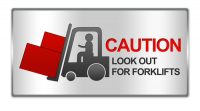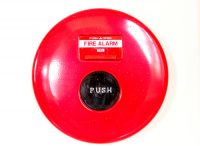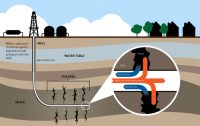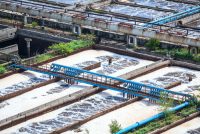An Urban Stormwater Success Story in the Making
An Urban Stormwater Success Story in the Making It’s been said that the squeaky wheel gets the grease, but sometimes that grease can also get the wheel turning faster, as was the case in Omaha, Nebraska. Like many urban areas, the city had experienced adverse impacts from stormwater runoff, including one event when stormwater caused […]










